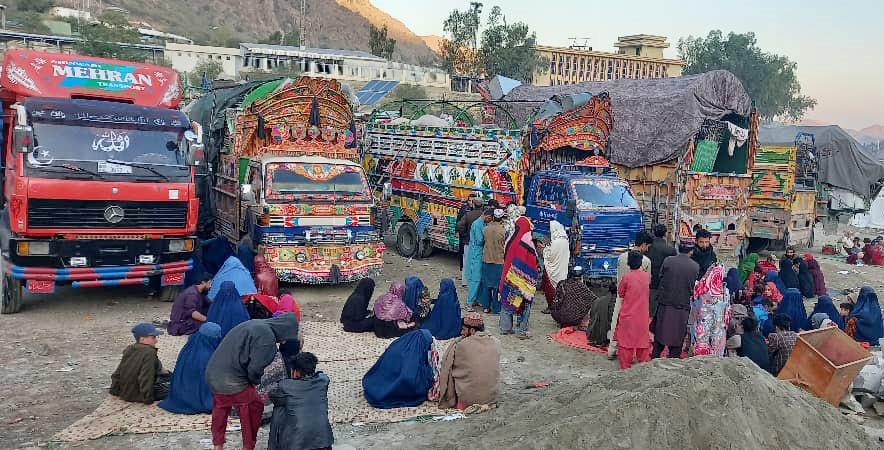GENEVA — The United Nations High Commissioner for Refugees (UNHCR) has projected that by 2025, approximately 776,500 refugees and asylum-seekers in Asia will require resettlement, with the vast majority (94 percent) originating from Afghanistan or Myanmar.
The report highlights ongoing instability and deteriorating human rights conditions in Afghanistan, which continue to impact the most vulnerable populations. “Some 3.2 million Afghans remain internally displaced due to conflict. Iran and Pakistan alone are hosting more than 5.7 million Afghan refugees and those in refugee-like situations as of the end of 2023,” the report states.
Regarding both Afghanistan and Myanmar, the UNHCR notes that recent destabilizing events have led to increased internal and international displacement, significantly reducing the opportunities for voluntary repatriation.
In Indonesia, the UNHCR estimates that 2,500 refugees, primarily from Afghanistan, will need resettlement in 2025. In Pakistan, approximately 178,200 refugees and asylum-seekers, almost all from Afghanistan, are projected to require resettlement by the same year.
The UN agency describes Asia and the Pacific as having the largest resettlement needs globally, with the projected number of refugees in need increasing by about 6 percent compared to 2024. This rise is attributed mainly to the high resettlement needs of Afghan refugees, numbering over half a million, as well as Rohingya refugees.
Globally, Syrians remain the largest refugee population in need of resettlement, with nearly 933,000 individuals. They are followed by refugees from Afghanistan (558,000), South Sudan (242,000), Myanmar (226,000), Sudan (172,000), and the Democratic Republic of the Congo (158,000).
Following the collapse of Afghanistan’s former government in August 2021, hundreds of thousands have fled the country, driven by security threats posed by the Taliban and economic hardships resulting from the Taliban’s policies.




